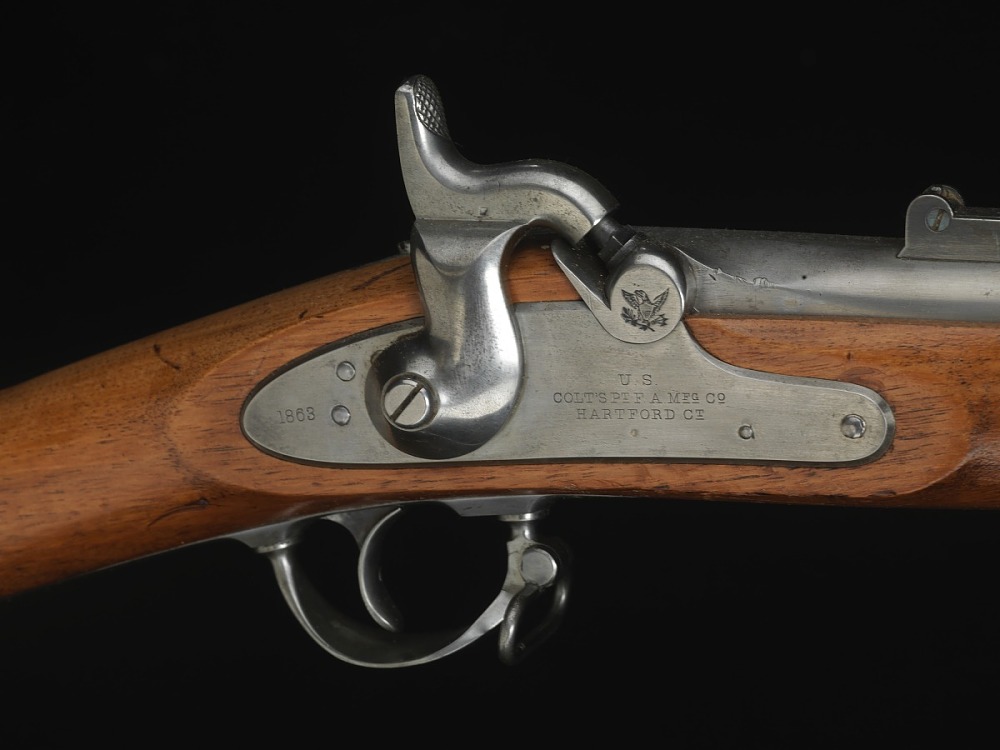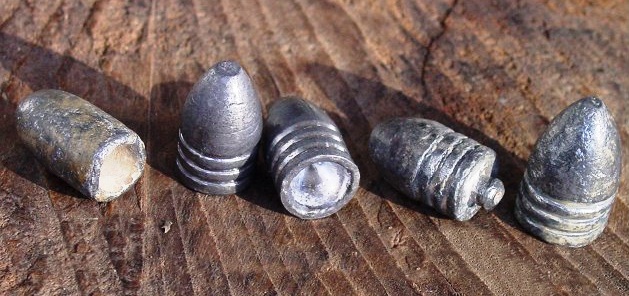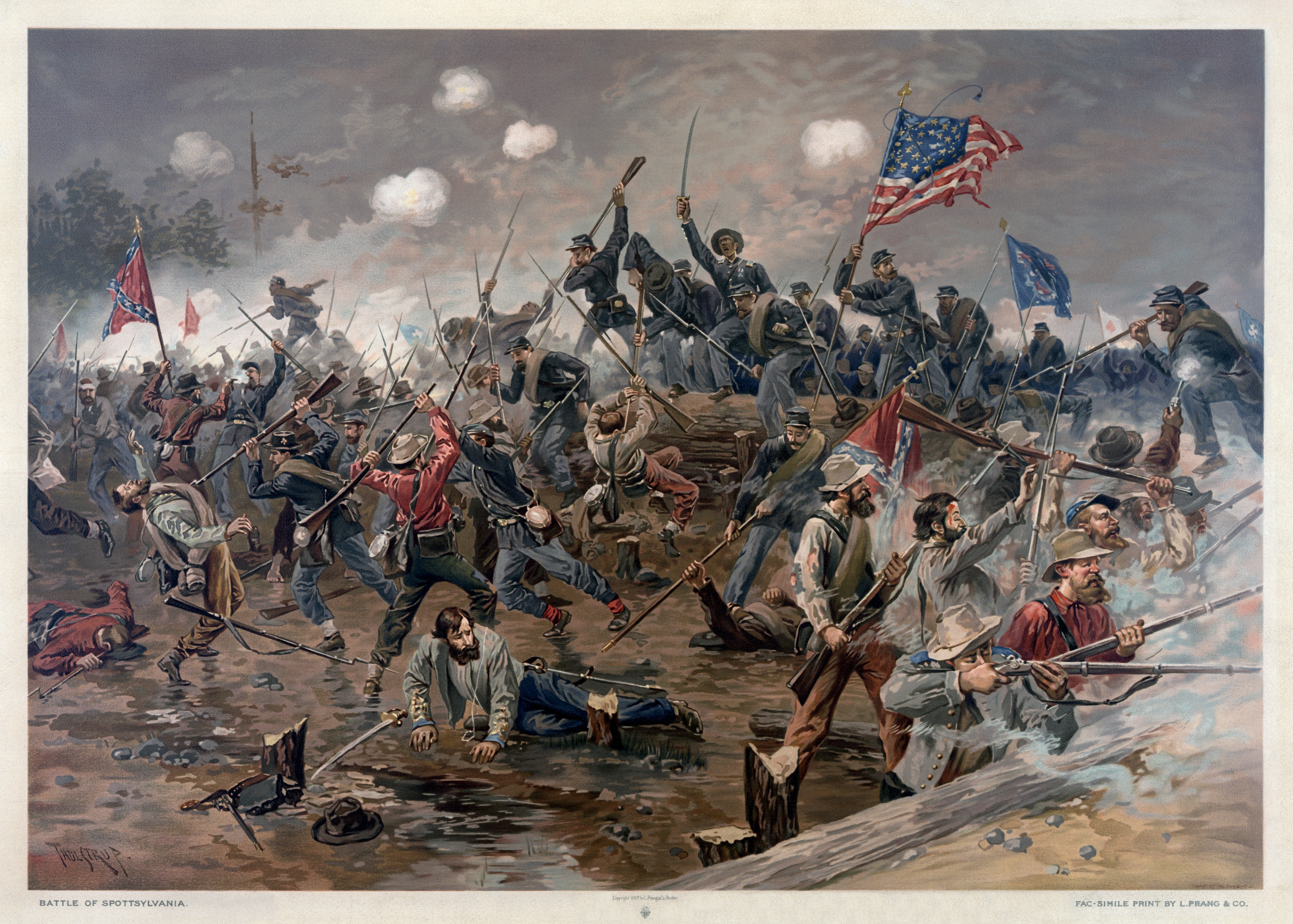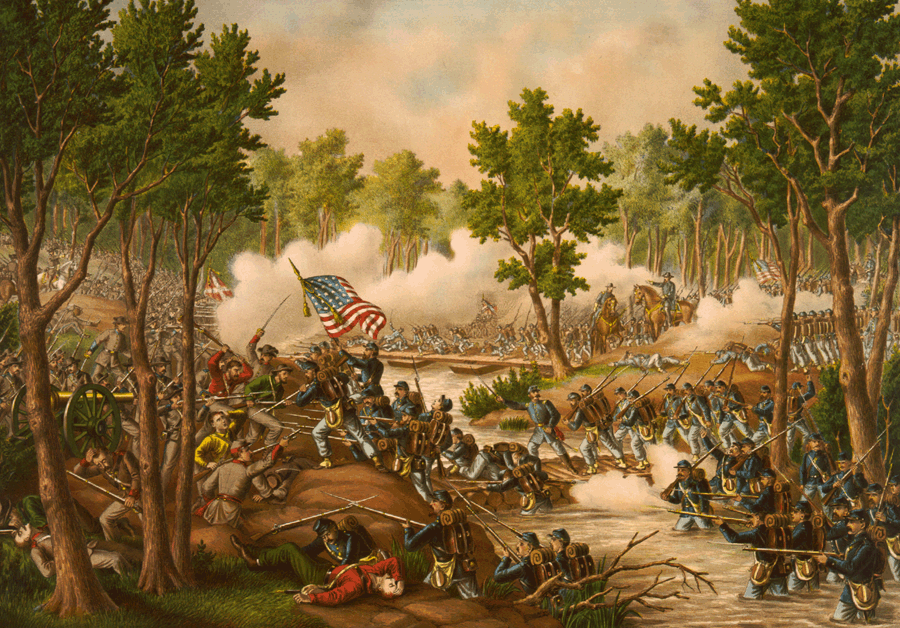Welcome back to the Armory. This week we have all of our American Civil War titles on sale, and so we figured it would be a great idea to talk about the weapons of the 1860’s. Starting with the fundamentals, we are going to cover the Springfield model 1861, the main service rifle of the Union Army.

The Springfield M1861
A little context first, because after all context is king. Firepower had massively increased over the past few centuries. Paper cartridges with pre-measured powder loads and lead shot improved reloading speeds and made ballistic performance more consistent.
The percussion cap was an improvement over the Napoleonic-era flintlock. Percussion caps were small copper cylinders filled with mercuric fulminate. When struck by the hammer of a firearm they would ignite the main powder charge that was loaded down the barrel of the musket. These capped muskets were more dependable (black powder was notoriously unreliable if exposed to dampness or stored for too long) and faster to load.

A close-in of the percussion cap mechanism of the Springfield M1861
Improvements in rifle sights meant that a soldier could attempt to range in a target and account for the drop of his bullet when shooting. The Springfield 1861 had its iron sights set at 100 yards. It’s flip-up sights could be set for targets up to 500 yards. 100-200 yards was a reasonable range to expect a normal infantry firefight to take place, landing a shot at 500 yards would test even the best sharpshooter.
Rifling was the chief factor that had changed how infantry fought. The introduction of machine rifling allowed a rifled musket to punch out much further than a smooth-bore musket. The spin provided to the bullet by the rifling increased the stability of the projectile, reducing the deviation of the round from its aim-point.
The Minié ball was the key innovation that made the large-scale adoption of rifling feasible. Previously, rifles were specialist weapons that had a tendency to quickly foul from the residue left behind by black powder. Some riflemen had to use hammers and mallets to pound their bullets down their barrels when loading. The Minié ball had a hollow base that expanded when the weapon was fired, creating a tight seal with the barrel and the rifling. This not only improved muzzle velocity by capturing more energy behind the bullet as it left the barrel, it also meant that it was a far loser fit than a conventional musket ball. Even if fouled by black powder, a soldier could still load and fire his rifled musket with Minié balls, without needing to resort to the hammer and mallet.

The Minie Ball, an important milestone on the transition from musket balls to the modern bullet
But herein lies a small myth of the civil war, that rifling changed everything. While rifling was an improvement over traditional smooth-bore weapons, black powder deposits a tremendous amount of residue inside a weapon when fired. This fouling reduces the effectiveness of rifling, meaning the bullet leaves the barrel with less spin and is less accurate. Any infantry regiment engaged for more than a few minutes would quickly find their rifles fouled, reducing their accuracy.
Black powder also famously gives off a tremendous amount of smoke. The smoke given off by thousands of men discharging their muskets would quickly envelope the battlefield in a thick haze. While a well trained sharpshooter with a rifled musket might be able to land a shot accurately at more than 200 yards, a regiment blazing away on a smokey battlefield, with fouled rifles, would be looking at far shorter effective ranges.

Union troops attacking fortified Confederate positions at Spotsyvlania
And so despite the improvements to small arms, most engagement ranges were well within 150 yards for infantry regiments. This was still further than Napoleonic ranges however, and meant that the battlefield was a more deadly place to be in the open. Battle lines were now very thin, often only two men deep and conforming to any cover the soldiers could find. By 1864 it was normal for infantry units to dig in as soon as they were halted, presaging the trenches of the First World War.

Another newspaper image of the Battle of Spotsylvania
The Springfield 1861 was issued to regiments early in the war, but the Union didn’t have nearly enough rifles at the start of the war to equip their massive new citizen army. Troops made do with smoothbores refitted with percussion caps, or any rifles that could be imported from Europe, until enough of a supply was available to re-equip regiments with their new Model 1861’s.
The Springfield Armory contracted production out to dozens of other firms, a single armory could simply not produce and equip a million-man army. All told by the end of the war 700,000 rifles had been produced by Springfield and other contracted manufacturers. After the war soldiers were allowed to keep their Springfield rifles if they paid six dollars, ten dollars for a Spencer carbine, or three dollars for a sword.
A licensed Springfield M1861 manufactured by Colt
And herein lies the rub about the M1861. While an excellent rifled musket, it was already nearly obsolete upon it’s introduction. Breech loading rifles like the Prussian Dreyse needle gun (1848) or French Chassepot (1866) had superior ballistic performance and rates of fire compared to muzzle loaders. The Federal government did not want to deal with an inventory of hundreds of thousands of obsolete rifled muskets at the end of the war. And so the M1861 become a staple rifle of demobilized Union army veterans, a common sight either as a family heirloom or hunting weapon.

A British Enfield Musket, imported at the start of the war and frequently used by the Confederates
Compared to the Lorenz or the M1853 Enfield, the Springfield 1861 has very similar performance characteristics. Given that all these weapons are rifled muskets, it really comes down to a personal preference on ergonomics and rifle sights. Shortly after the war the United States and nearly every European power either converted, or had already converted – to breech loading rifles. These had a tighter seal around the bullet, translating to better muzzle velocity and a higher firing rate. The M1861 was not immortalized because it was the best rifle of the time, but because it armed the Union army and gave good service when it was needed.

An Austrian Lorenz musket, commonly imported at the start of the American Civil War
I would especially like to thank this article by Dr. Francis A. Lord for information about the Springfield M1861. It helped make this article possible.


















